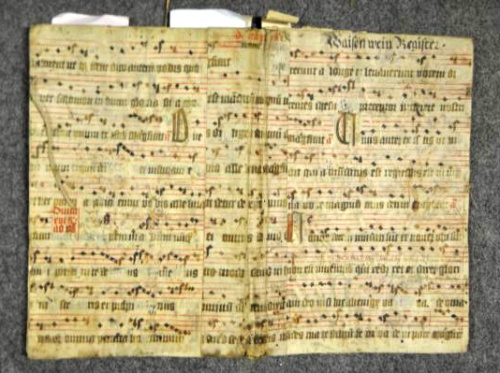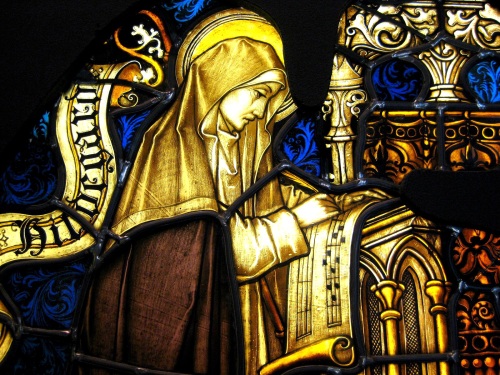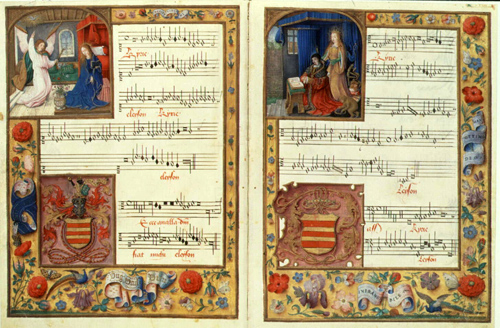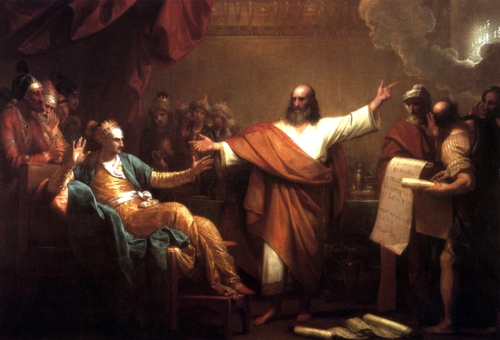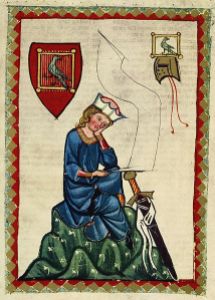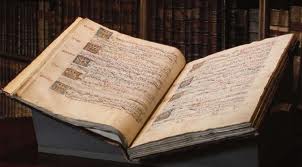Slovak Early Music Database – Cantus Planus in Slovacia was established in 2012 at the Ústav hudobnej vedy Slovenskej akadémie vied in collaboration with Hudobný fond/Music Fund Slovakia as a full-text English-language database of the notated manuscripts and fragmentary notated sources from the area of Slovakia dating from the late 11th to the early 16th century.
Directed by Eva Veselovská, the database allows free and universal access to a large number of music manuscripts kept at libraries and archives in Slovakia. It provides a number of search possibilities, including the archive (with RISM sigla), source, text incipit of a chant, feast, and genre searches. Manuscript fragments and selected codices with monophonic or polyphonic music are fully indexed.
To view digital images in high resolution, a free Slovak Early Music Database – Cantus Planus in Slovacia account must be established.
Below, an example from a Slovakian manuscript.

